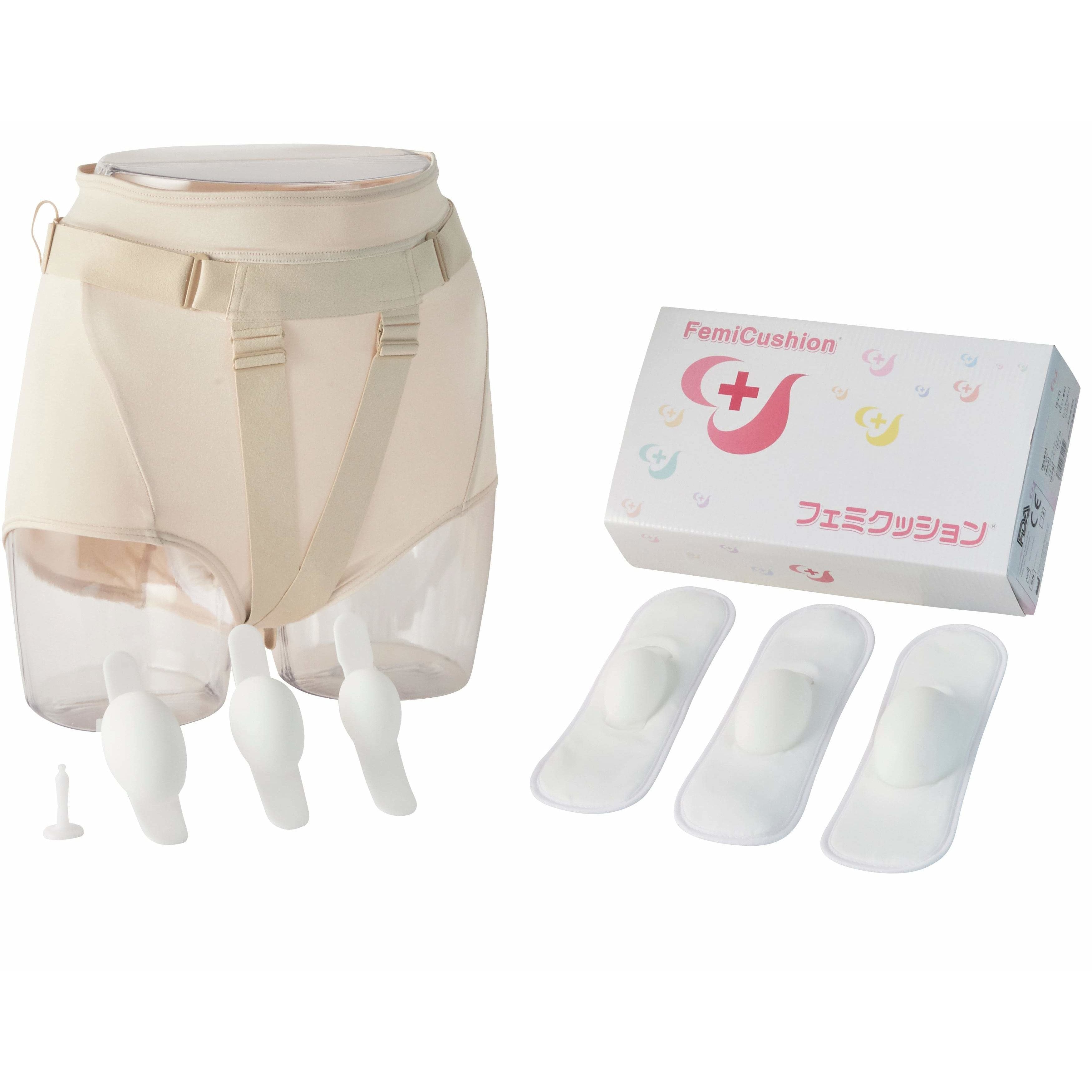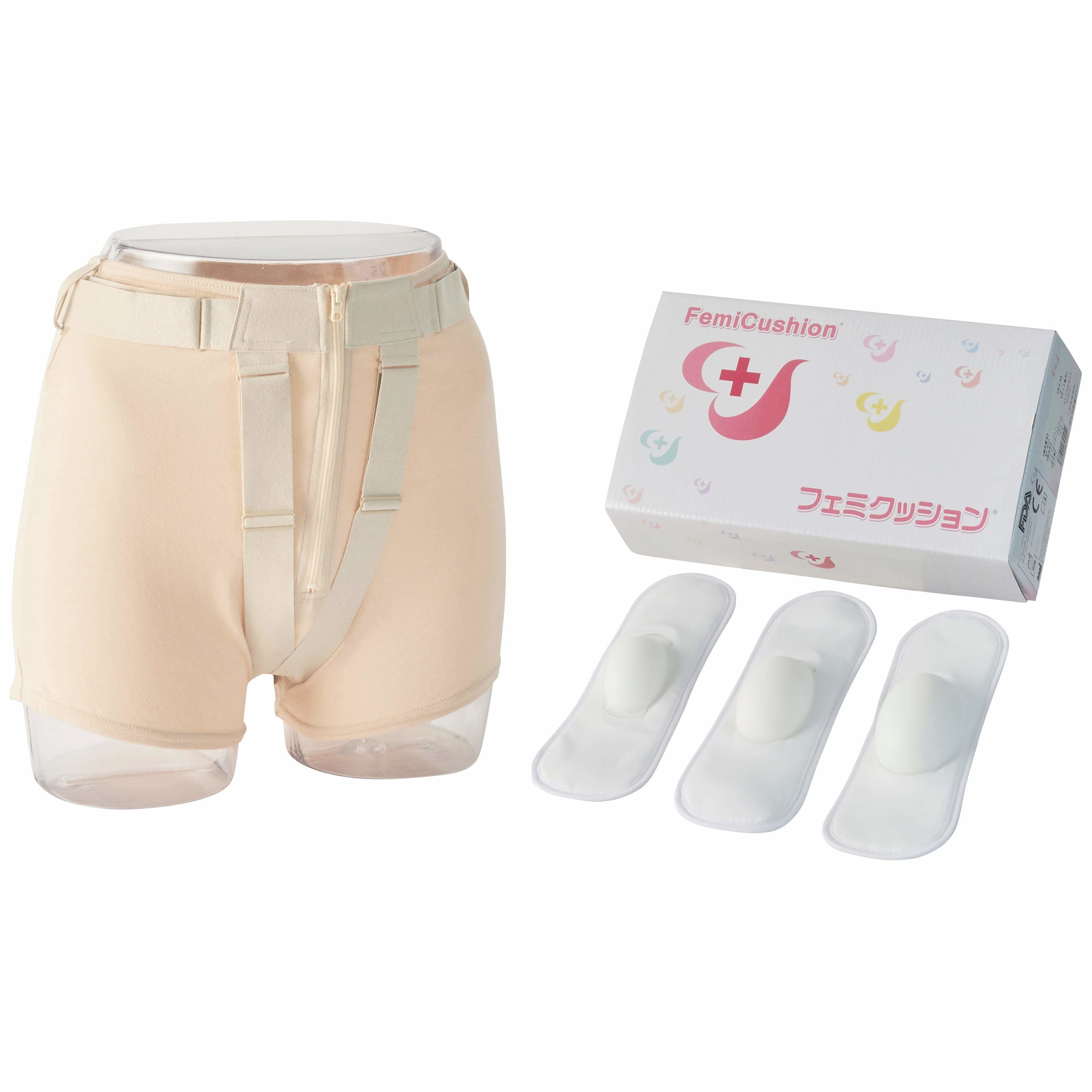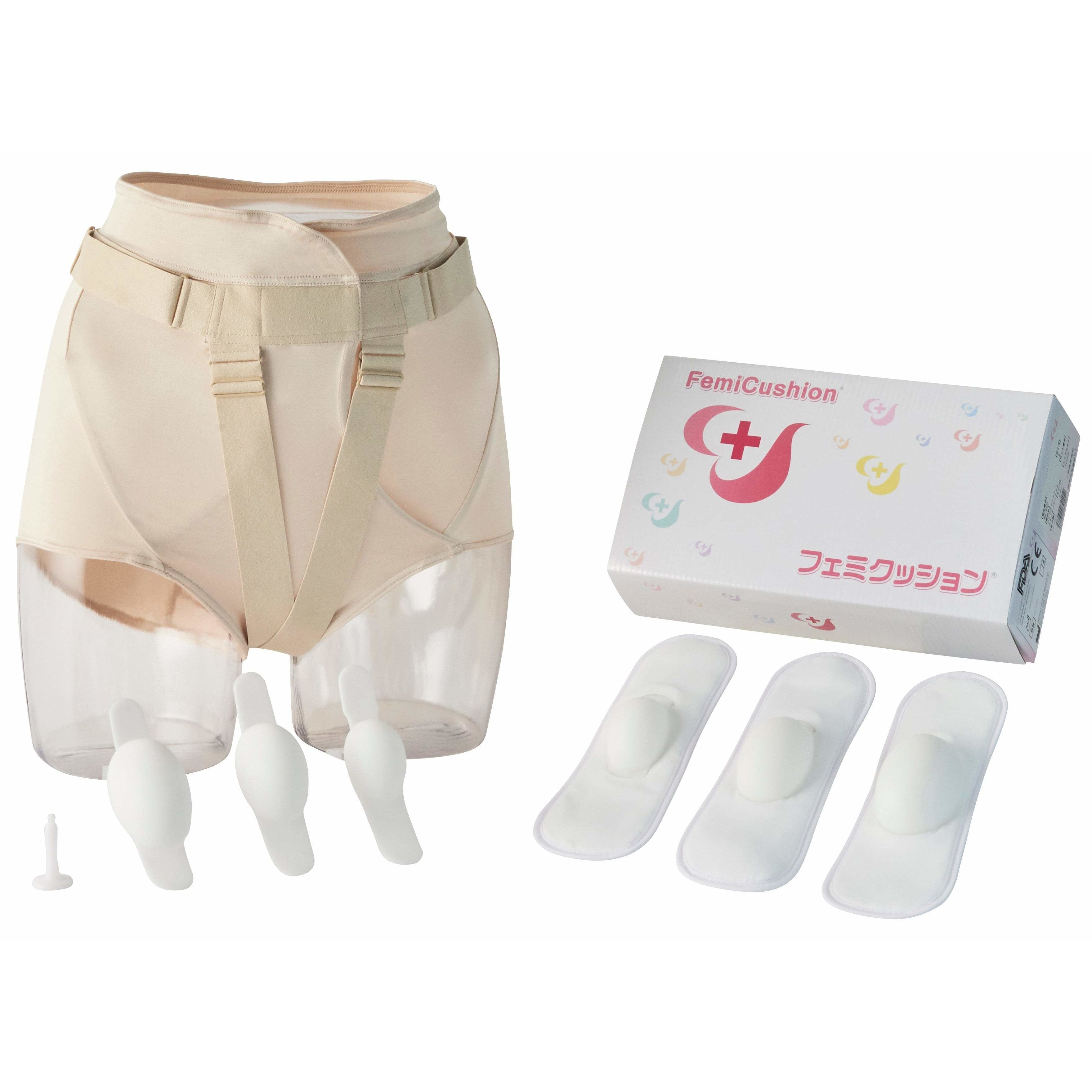Uterine Prolapse: Is It Possible To Cure Or Reverse It Yourself? Treatment Options
Summary
Table of Contents

Labor and multiple vaginal births can weaken the pelvic floor muscles and ligaments which compromises the support system of the uterus. The weakened uterine support causes the uterus to sag out of position and even protrude out of the vagina. This condition is known as uterine prolapse. In mild cases, uterine prolapse does not require treatment and can be managed by practicing certain self-care measures. However, in severe cases, females with uterine prolapse might need surgical therapy. This article will explore if it is possible to cure or reverse the condition yourself and what are treatment options available.
Uterine Prolapse Explained
Uterine prolapse is a condition that occurs when the pelvic floor muscles and ligaments stretch and weaken due to specific bodily stresses. As a result, the muscles lose the ability to support the uterus causing the uterus to slip down and bulge out of the vagina. People who have begun menopause and have had one or more vaginal deliveries are more prone to experience uterine prolapse.
There are two types of uterine prolpase, complete and incomplete. When the uterus sags into the vagina partially, it is known as incomplete uterine prolapse. Complete prolapse occurs when the uterus droops so far that it extends out of the vagina.
Prolapse of the uterus is typically characterized by vaginal bleeding, increased vaginal discharge, urinary incontinence, pain during sexual intercourse, constipation, recurring bladder infection, etc.
The risk of developing uterine prolapse increases with age as the estrogen level decreases in females. Other risk factors include obesity, chronic cough, and chronic constipation.
Treatment For Uterine Prolapse
What Doctors To See?
If you are experiencing any of the symptoms mentioned above, you should consult your doctor for a proper diagnosis. Mild uterine prolapse often goes unnoticed. People may come to know of their condition after their doctor informs them after a routine pelvic exam.
During the pelvic exam, your doctor might ask you to bear down as if having a bowel movement or tighten your pelvic muscles as if to stop passing urine. This will help them to check the strength of the pelvic muscles and determine how far the uterus has slipped into the vagina. In some cases, your physician might also ask you to undergo an ultrasonography examination.
Treatment Methods
Typically, there are two different treatment approaches for managing uterine prolapse: Self-care measures that can be done at home at individuals like administration of pessaries and uterine support devices. If the uterus is falling out of the vagina, surgical treatment might be necessary. Let’s take a look at the pros and cons of the different treatment methods.
Pros And Cons Of Each Treatment Method
Self-care Measures:
Pros:
- Exercises like Kegels and Pelvic floor muscle training are non-invasive procedures.
- They can be performed by the individual themselves without any requirement of supervision.
- Performing them daily can give effective results.
Cons:
- You need to remember to do the exercise every day.
- It takes time, patience, and practice to see results.
Surgical Measures:
Pros:
- It has a high success rate.
- Improve the position of the uterus and other pelvic organs.
Cons:
- Require 4 to 6 weeks of recovery period after surgery.
- Complications like possible pelvic pain beyond the recovery stage, painful sex, and urinary incontinence might arise.
Femicushion For Uterine Prolapse
Femicusion is a novel medical device developed to manage uterine prolapse. It is indicated for people who cannot undergo surgery due to any underlying medical condition. This device provides the required support to the vaginal wall thus preventing vaginal prolapse.
Results from clinical studies about FemiCushion
FemiCushion has undergone different medical studies and clinical trials, and the results have been promising. One study conducted by Showa University Northern Yokohama Hospital, using magnetic resonance imaging (MRI), observed the pelvic organ changes in twelve patients with severe stages 3 or 4 of pelvic organ prolapse (POP) with a median age of 72 (age range 56-84). The findings demonstrated that FemiCushion effectively repositioned the organs involved in pelvic organ prolapse.
Another study published in the Pelviperineology Journal, carried out by the Urology Department at the University of Campinas in São Paulo, Brazil, focused on women aged 60 to 79 who used FemiCushion for three consecutive months. The results showed that FemiCushion proved to be an effective option for enhancing the quality of life and managing symptoms associated with pelvic organ prolapse in this age group.
Furthermore, the Sexual Medicine Society of North America (SMSNA) presented an independent study during the 18th Annual Fall Scientific Meeting. This study investigated the use of FemiCushion after pelvic organ prolapse surgery to aid in patient recovery and improve their overall quality of life. The study highlighted the potential benefits of incorporating FemiCushion in the post-surgery management of pelvic organ prolapse patients.
For more in-depth information on these studies, further details can be found here.
How To Return The Uterus To Its Proper Position? Is That Possible?
Yes, in some cases, the symptoms of uterine prolapse can be eased and the uterus can be returned to its proper position using pelvic muscle exercises. Experts often recommend doing exercises like Kegels to reverse uterine prolapse. However, in more severe cases, you might need vaginal pessaries to get the necessary uterine support.
Frequently Asked Questions
Is Surgery Necessary To Treat Uterine Prolapse?
Surgery is not always necessary for uterine prolapse. However, if the uterine support is completely lost and the uterus is protruding far outside the vagina, your doctor is likely to advise you to undergo surgery. In most cases, minimally invasive surgeries (laparoscopic surgery) will help remedy the condition. Hysterectomy is recommended when the condition is complicated.
Can It Be Treated Without Surgery?
There are various self-care measures that can help treat uterine prolapse. Maintaining a healthy weight and improving your diet to treat constipation can help manage pelvic floor prolapse. Performing exercises like Kegels can help strengthen the pelvic floor muscles and reduce uterine prolapse complications. Pessaries and pelvic support devices can also help treat prolapse of the uterus.
What Happens If I Leave The Uterus Untreated?
It is not recommended to leave uterine prolapse untreated. If left untreated, complications like displacement of the vaginal lining and prolapse of the bladder of the rectum can occur.
Things To Avoid If I Have Uterine Prolapse?
Avoid lifting heavy objects if you are diagnosed with uterine prolapse. Experts also recommend quitting smoking.
Can I Have Intercourse With A Prolapsed Uterus?
Intercourse with a prolapsed uterus will not cause any harm to the bladder, rectum, or uterus. It is completely safe to have sex during this condition. However, some people might feel slight discomfort or pain during intercourse.
Can I Get Pregnant With Uterine Prolapse?
Yes, it is possible to get pregnant with uterine prolapse. However, proper and continuous supervision and assessment are needed to prevent any complications. It is safest to opt for elective cesarean section delivery near term.
Does Pregnancy Cause Uterine Prolapse?
Pregnancy and multiple vaginal childbirth predispose women to develop uterine prolapse. But, uterus collapse directly caused by pregnancy is relatively rare.
I Do Not Experience Symptoms Of Uterine Prolapse, Do I Need To Treat It? Will It Get Worse If I Leave It Alone?
Treatment is not always necessary for uterine prolapse. However, if diagnosed, you must seek advice from your doctor about how the condition can be managed. It might get worse if you leave it untreated.
Supervising Doctor of This Article

Koichi Nagao, MD PhD
Professor, Department of Urology, Toho University Faculty of Medicine
Director of Urinary tract reconstruction center, Toho University Omori Medical Center
Director of Reproduction Center, Toho University Omori Medical Center
Professor Nagao specializes in plastic surgery in the field of reproductive medicine. He completed eight years of plastic surgery training at Showa University before majoring in urology at Toho University. With his meticulous surgical techniques and careful examinations that combines urology and plastic surgery, Professor Nagao became a Board Certified Specialist with multiple associations including the Japanese Urological Association, the Japan Society for Reproductive Medicine, and the Japanese Society for Sexual Medicine.
The suggested Products

FemiCushion Standard Deluxe Kit
$299.99

Conjunto de FemiCushion Lite
$249.99

Kit FemiCushion EasyOpen Deluxe
$299.99
